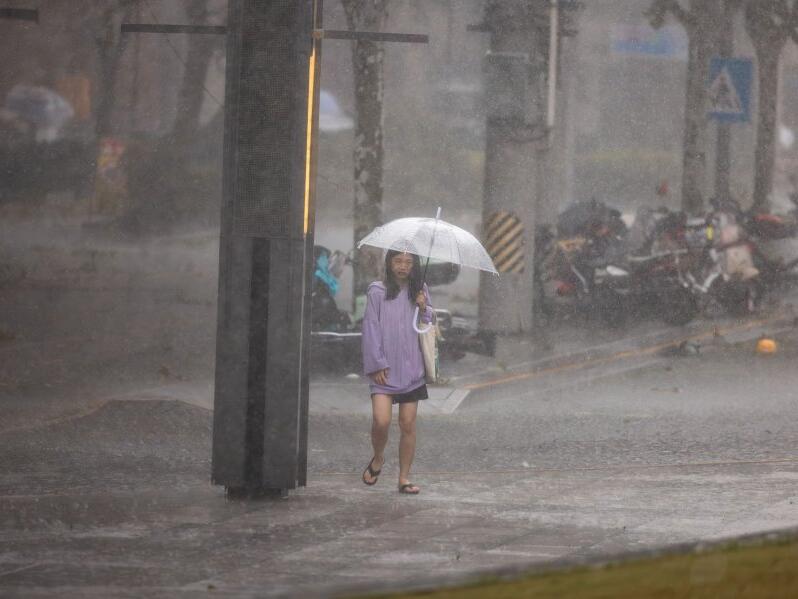Physical Address
304 North Cardinal St.
Dorchester Center, MA 02124
Physical Address
304 North Cardinal St.
Dorchester Center, MA 02124

On September 16, Chinese authorities took swift action to evacuate over 400,000 residents as Typhoon Bebinca approached the Shanghai Metropolitan area. This storm is regarded as one of the most powerful typhoons in modern Chinese history and came at a particularly challenging time, coinciding with the busy Moon Festival travel period. This severe weather forced the closure of airports and caused significant disruptions to both rail and road transport.
In addition to the large-scale evacuations, approximately 9,000 individuals were relocated from Chongming Island, located in the Yangtze River delta. Typhoon Bebinca made landfall near Lingang New City, about 40 miles southeast of Shanghai, early Monday morning at around 7:30 a.m. local time. The China Meteorological Administration reported that the storm was packing winds of 94 mph.
The impact on Shanghai, home to 25 million residents, was immediate and severe. Authorities urged residents to remain indoors as the storm unleashed intense rainfall, dropping three inches of rain within just one hour on Monday. Consequently, all flights, train services, and ferry operations were canceled. Major highways experienced closures or limited access, restricting traffic to a maximum of 25 mph. Popular attractions such as Shanghai Disneyland, Jinjiang Amusement Park, and the Shanghai Wild Animal Park were shut down, and parades planned for the three-day Mid-Autumn Festival were also canceled.
Images and videos circulating on social media captured the chaos, showing uprooted trees, flooded streets, and damaged advertising billboards. Many individuals shared their experiences of being trapped in hotels due to the extreme weather conditions.
The economic ramifications of this disruption raised concerns among analysts, especially as new data from the National Bureau of Statistics indicated a slowdown in China’s economy. The figures published over the weekend revealed weak domestic demand, alongside lackluster results in the retail sector, industrial production, and real estate.
Further complicating the situation, the city of Nanjing, located 185 miles inland in Jiangsu province, also took preventive measures by canceling major events, halting construction work, and closing the Yangtze River to shipping traffic.
As the storm continued its path, it was anticipated that Bebinca would begin to weaken as it moved west-northwest across southern Jiangsu Province, likely transforming into a tropical storm. Predictions suggest it may further downgrade into a tropical depression and dissipate entirely as it passes through Anhui Province by the end of Tuesday.
Historically, Shanghai is usually spared from the full force of tropical storms, with such weather patterns typically making landfall in provinces like Hainan, Guangdong, and Guangxi, hundreds of miles farther south. Nevertheless, meteorological experts have issued warnings about the possibility of another typhoon brewing in the Pacific, in the same area where Bebinca formed, east of the Philippines. This typhoon had previously wreaked havoc in Taiwan and southern Japan before tracking west towards China.
The unfolding situation remains fluid, with local authorities remaining on high alert as they assess the damage and respond to the needs of affected residents. The combination of an imminent storm and ongoing economic challenges presents a complex and urgent crisis for the region.
Source: UPI



